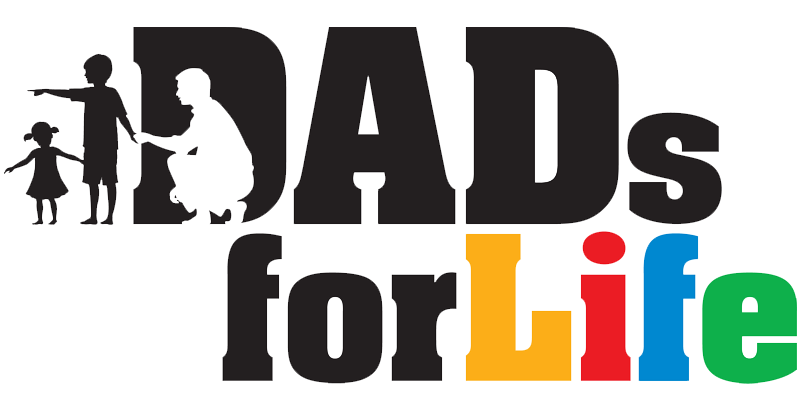Introduction
This is an abstract of Infant-Parent Attachment and Parental and Child Behaviour during Parent-Toddler Storybook Interaction by Cynthia A. Frosch, Martha J. Cox and Barbara Davis Goldman. The paper was published in 2001 in Merrill-Palmer Quarterly: A Journal of Developmental Psychology.
Background
 This paper studies the association between the infant-parent attachment and later toddler-parent storybook interactions.
This paper studies the association between the infant-parent attachment and later toddler-parent storybook interactions.
It adds to the growing body of literature on the effect of infant-parent attachment and parent-child storybook interactions, which are important for the cognitive, emotional and literacy development of young children.
Furthermore, the paper differentiates between the mother and the father, contributing to the relatively under-researched topic on infant-father attachment and storybook interaction.
Results of the study will help in the understanding of how parents can play an important role in the healthy development of their children.
Research Methodology
The researchers randomly sampled from families taking prenatal classes in four predominantly rural counties in the Southeast of the United States. The final sample comprises 131 families (71 girls, 60 boys).
The independent variable is the infant-parent attachment security. It is measured using the Ainsworth’s Strange Situation Procedure when the children are 12 and 15 months old. The procedure has eight parts involving interactions with a stranger and separations and reunions with the parent.
From the child’s behaviour, such as proximity seeking, contact maintaining, avoidance, resistance of contact and crying, the attachment is classified as “secure”, “insecure-avoidant”, or “insecure-resistant”
The securely attached child becomes visibly upset when separated from the parent and greets the parent warmly upon reunion. The insecure-avoidant child shows little distress when separated from the parent and tends to avoid contact with the parent at reunion. The insecure-resistant child is thoroughly distressed by separations and does not easily settle down upon reunion.
In addition, the infant-parent attachment can be assigned with the classification of disorganised –with secondary classification of secure, avoidant or resistant– if the child displays contradictory behaviours.
At the 24th month, the toddler-parent behaviour during storybook interaction is observed and graded using scales adapted from studies by previous researchers.
The parent behaviour is graded on the following:
- Warmth/supportiveness
- Hostility/Intrusiveness
- Detachment
- Stimulation of cognitive development
The child behaviour is graded on the following:
- Enthusiasm
- Focused attention
- Compliance
- Mood
Results
In the preliminary analysis, the study finds the following:
- There is no effect of parent’s educational level on infant-parent attachment.
- There is no effect of child gender on child or parent behaviour during storybook interaction.
- Fathers are more detached than mothers during storybook interaction.
- When parents are more warm/supportive, less hostile/intrusive, less detached, and more stimulating of cognitive development, their children are more enthusiastic, focused, and compliant as well as have better mood.
With regard to the relationship between infant-parent attachment and later toddler-parent storybook interactions, the key findings are as follows:
- Mothers are better in all four traits (i.e. more warmth/support, less hostile/intrusive behaviour, less detached, more stimulating) during storybook interaction for children with secure-attachment as compared to children with insecure-attachment. Within the insecure-attachment group, mothers of children with avoidant attachment tend to perform better than those of children with resistant attachment, especially in the area of being more stimulating.
- There are significant positive effects of secure-attachment versus insecure-attachment on children in three traits: enthusiasm, focus and mood, during mother-child interaction. Within the insecure-attachment group, children with avoidant attachment tended to perform better than children with resistant attachment.
- Interestingly, infant-father attachment security is generally unrelated to paternal behaviour during storybook interaction. Nonetheless, fathers tend to be more warm/supportive for children with secure-attachment.
- The behaviour of the children is also unrelated to the infant-father attachment. There is, however, some trending towards more compliance for those with secure-attachment.
- Traditional attachment categories of secure, insecure-avoidant and insecure-resistant yield better results than when the additional disorganised category is included.
Applications and Implications
The study results highlight the importance of the link between early child-parent attachment and the child as well as parent behaviour. It is consistent with other literature in identifying children with insecure-resistant attachments to their mothers as a vulnerable group.
Children classified as insecure-resistant with their mothers are likely to receive less stimulating and responsive interactions in storybook interaction and related literacy-promoting activities. This may potentially lead to difficulties of these children in developing literacy skills and motivation.
Children with avoidant attachment may avoid their mothers but may not avoid literacy related activities such as storybook reading. Children with avoidant attachment are thus able to direct their energy to objects or tasks in the physical world in spite of their lack of engaging in emotional communication with the parents.
Although there is no significant effect of the early father-child attachment on subsequent interaction, there are some trends similar to those of the mother-child relationship. That is, insecure-resistant infant-father attachment tends to result in somewhat lower quality storybook interaction than secure and insecure-avoidant pairs.
What the findings clearly show is that the attachment security and storybook interactions for fathers are different than for mothers. Stronger conclusions cannot be drawn because the study has some limitations, such as the sample size and the confounding explanatory factor of heritable genes; as well as the lack of research on father-child attachment over time during early childhood.
However, it is believed that qualities of the father-child relationship and the other child characteristics (e.g. temperament, language skills) may affect the children’s social interaction and socio-emotional development. Further research on this is necessary.
It is important to note that regardless of the infant-parent attachment, when parents are less hostile/intrusive and less detached, and more warm/supportive and stimulating of cognitive development; their children are more compliant. In addition, the children exhibit greater focused attention, enthusiasm, and positive mood during the storybook interaction.
References:
1. Frosch, Cynthia A, Cox, Martha J, Goldman, Barbara Davis. Merrill-Palmer Quarterly, Oct 2001.
About the Author: The Dads for Life Resource Team comprises local content writers and experts, including psychologists, counsellors, educators and social service professionals, dedicated to developing useful resources for dads.
First published on 29-04-2011.
